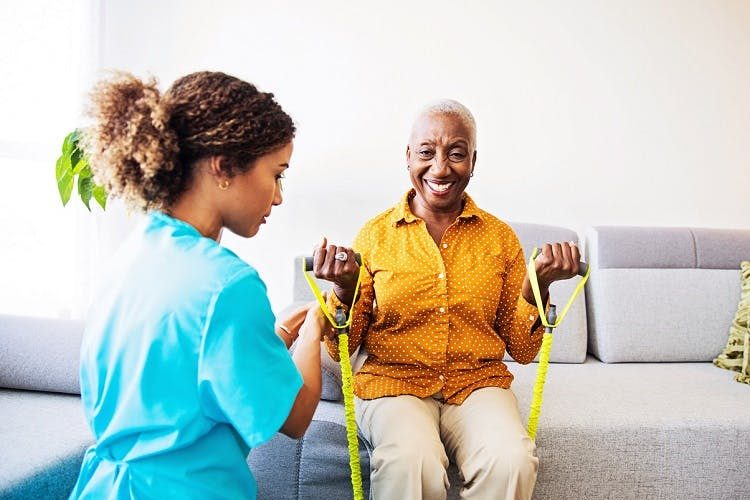The Best Physical Therapy Tools: Recommendations from the Experts
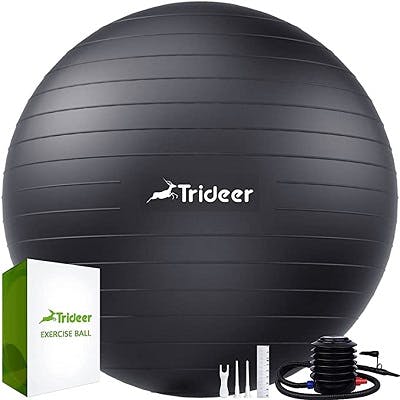
Exercise balls, also known as physio balls or Swiss balls, are amongst the most popular physical therapy tools and provide many benefits. They are great for stretching, strengthening muscles, improving posture, and preventing back pain. Because of its shape and inflatable design, exercise balls are often used to target balance, joint stability, and core recruitment.
They also come in different sizes; a larger exercise ball will be a little easier to stabilize on, but may take up a bit more space, while a smaller one will be more difficult. Exercise balls are multi-functional because they can be used for a variety of challenging exercises that you can do at the clinic with your therapist and at home on your own.
Shop exercise balls on Amazon »
2. Balance Pads
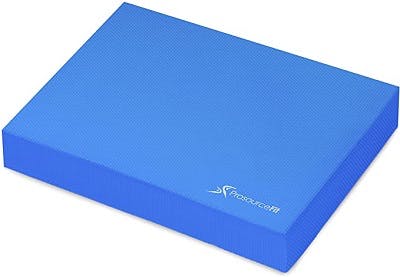
Balance pads help improve balance and stability while performing strength exercises and dynamic movements. Usually made of a dense foam material, these pads create a noncompliant, unstable surface. This forces you to engage more muscles in your body to stabilize yourself as the surface responds to your movement. It is very important that the balance pad is placed on an area of the floor where it cannot slip out from underneath you. When using the balance pad, make sure you are close to a nearby sturdy surface like the wall or counter top so that you can steady yourself for safety.
3. Exercise Sliders
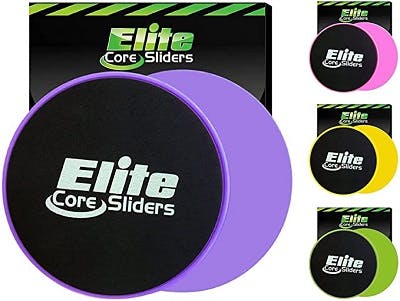
Exercise sliders are an underrated gliding physical therapy tool that allow you to work on a variety of upper body, lower body, and core exercises. If you’ve been using towels for certain exercises, you may want to upgrade to exercise sliders. They’re an affordable option and incredibly versatile during a workout. Rather than being confined to a tiled or hardwood floor area with a towel, exercise sliders can be used on carpets and rugs as well.
Shop exercise sliders on Amazon »
4. Resistance Bands
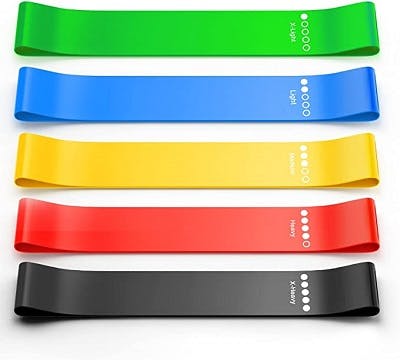
Outside of your physical therapy clinic, resistance bands are another inexpensive and effective physical therapy tool. They provide many benefits whether you’re looking for a challenge, need to stretch, or are doing a full workout.
Even a set of lightweight resistance bands can provide added challenge to an exercise, which is necessary to continue progressing strength. They are often sold in sets of different levels of resistance, and can be purchased as loops or long bands depending on what types of exercises you will primarily be using them for.
With resistance bands you can also target smaller and specific muscles, such as the rotator cuff, which are usually more difficult to access with traditional exercises. Again, be careful to practice exercises that your PT deems safe, because the rotator cuff is vulnerable to further injury if put under too much stress.

Foam rollers can often help reduce muscle pain and increase range of motion by reducing muscle tension and stiffness. Foam rollers come in a wide range of shapes and sizes at an affordable price. If you are new to foam rolling or are particularly sensitive to deep pressure or massage, it is generally recommended that you purchase a low- to medium-density foam roller without the knobs and ridges. They are simple but effective physical therapy tools that are primarily used for improving mobility, but can also be used during core stabilization exercises.
6. Stretching Straps
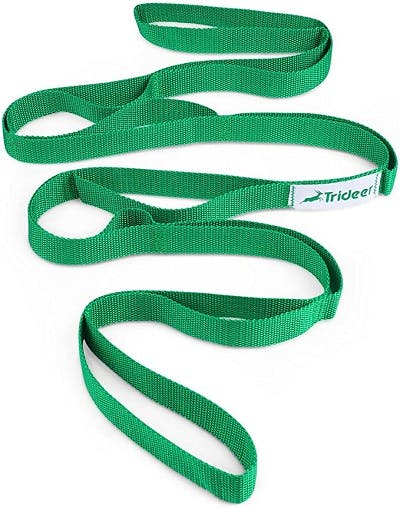
Stretching straps are great for stretching your muscles but also for challenging your flexibility and reducing muscle tension. They are inexpensive and effective, but provide many benefits including: controlled movement of your limbs, better posture, and deeper stretches with the help of the additional length (even if you have minimal flexibility).
In fact, many athletes rely heavily on these straps to mimic partner-assisted stretching. With the straps, you’ll be able to perform certain stretches that you would otherwise need a second person to do, and will allow you to relax into a stretch more easily since you would not have to strain as much to reach certain positions or body parts.
Shop stretching straps on Amazon »
7. Total Resistance Exercise (TRX) System
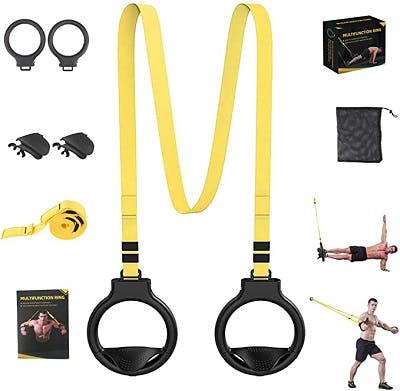
Another versatile piece of equipment is the TRX, an all body weight training system. It’s among the most popular physical therapy tools because it’s safe for all stages of rehabilitation (when used correctly), appropriate for individuals of all age groups, portable, and relatively simple. The TRX allows you to practice exercise movements to your ability level. TRX is also great for core workouts and targeting shoulder and/or knee pain.
Neurological Physical Therapy Tools for Home Use
Individuals who endured a traumatic brain injury, stroke, or have another neurological condition may experience difficulty with motor functions such as balance, movement, and coordination. Fortunately, many can improve their mobility through physical therapy.
The goal of physical therapy after neurological injury is to retrain movement patterns and restore function by activating neuroplasticity. Neuroplasticity is the brain’s ability to rewire itself; and it’s activated by high repetition. The more a specific physical therapy exercise is practiced, the more neuroplasticity is activated and movement restored.
The following physical therapy tools and equipment are designed specifically for those with a neurological injury or condition.
8. Therapy Putty
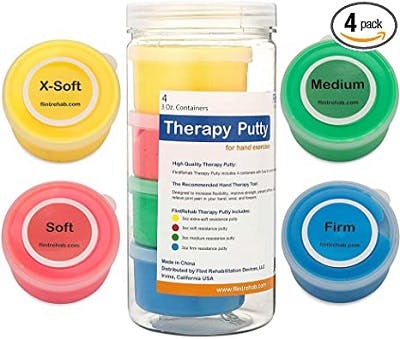
Therapy putty is designed to help individuals improve hand strength and regain mobility. As a simple, affordable accessory, it can also help restore dexterity and coordination in your hand. Engaging in therapy putty exercises daily helps stimulate the brain and activates neuroplasticity. Thus, the more you exercise your hand, the more the brain recognizes its demand for that function. With the therapy putty, you can mold, shape, pinch, grab, smash, and squeeze using different hand positions to help restore hand function.
However, it can be hard to stick to a daily routine with a simple tool. If you want an extra dose of motivation, it helps to explore interactive neurorehabilitation devices.
Shop therapy putty on Amazon »
9. FitMi
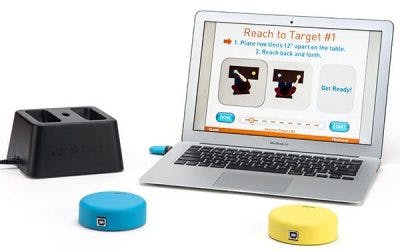
FitMi is an interactive neurorehabilitation device designed to help you improve mobility from the comfort of your own home. It guides you through full-body rehabilitation exercises specific to the areas you want to target, and can be modified based on your ability level.
FitMi motivates you to accomplish high repetition exercises in an engaging interface to help stimulate the brain. It also adapts to your skill level, so as you improve it will also unlock harder exercises for you to try. Best of all, it’s interactive and tracks your progress to help you stay consistent with your at-home physical therapy routine.
10. MusicGlove
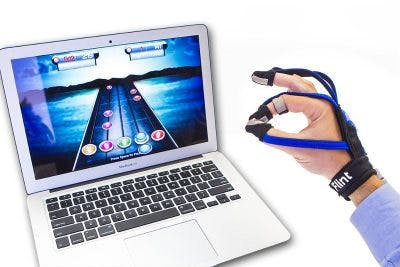
Another popular at-home physical therapy device is MusicGlove. This music-based hand therapy device has been clinically proven to help individuals improve hand function within 2 weeks.
MusicGlove motivates individuals by using a fun, interactive musical game in sync with hand therapy movements. Often, individuals may forget they are doing physical therapy because they become immersed in the experience. Staying engaged and motivated helps individuals accomplish high repetition, which helps activate neuroplasticity and improve hand function.
Shop MusicGlove from Flint Rehab »
Strength-Building Physical Therapy Tools
When your therapist says you’re ready to add some resistance training to your regimen, you can try some simple strength-building physical therapy tools. Be particularly careful when using these items to make sure you don’t push yourself too far and exacerbate any pre-existing injuries or pain.
Here are some popular physical therapy tools that help build strength:
11. Grip Trainers
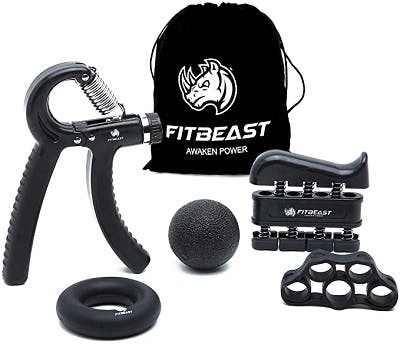
Grip strength is necessary for daily functional tasks like carrying and lifting, but also allows you to develop the ability to grasp objects and improve your independence. Usually, functional grip strength is also an indicator of overall health. Therefore, it’s important for individuals who struggle with grip to find ways to strengthen it. Grip trainers are a great way to improve, build, and restore strength.
Shop grip trainers on Amazon »
12. Cuff Weights
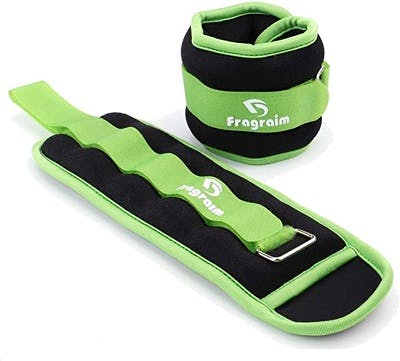
Adjustable cuff weights can be attached to your ankles or wrists and help build strength. They offer incremental resistance that you can use to increase the level of difficulty in your exercises. Even one pound of extra resistance can make a difference. Because the weights can be wrapped around your wrist or ankles, even individuals with decreased hand or grip function are able to use it for strength training. Be sure to check with your physical therapist before adding extra weight to make sure it’s safe for you.
13. Fat Gripz
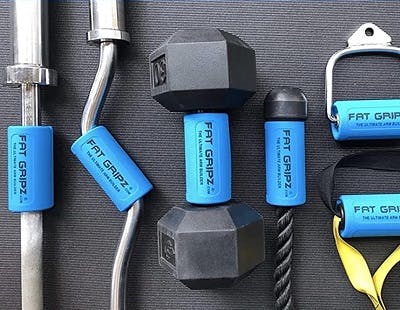
Fat Gripz allow individuals with decreased grip strength to be able to grasp onto traditional weight equipment for strength training exercises. They are universal and can wrap around dumbbells, bars, kettlebells, and other weight attachments where an individual may otherwise have difficulty wrapping their hand around.
14. Weighted Medicine Balls

Weighted medicine balls can help improve posture, balance, coordination, and strength. They can add extra load to any traditional strength or core exercise or tossed with a partner during a balance task to increase the challenge. Weighted medicine balls come in a variety of sizes and weights, so it is important to consider what types of exercises you might be using them for.
Shop weighted medicine balls on Amazon »
15. Dumbbells
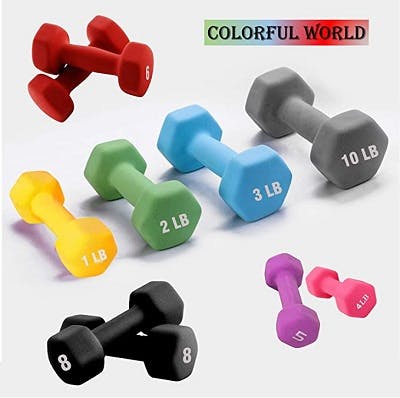
Dumbbells can help strengthen your muscles and perform compound movements that work multiple muscles in your body. How many to buy depends on the weight you want or require. A pair of two dumbbells, for instance, can help you increase resistance for other physical therapy exercises. Although more expensive, you can also purchase a single pair of dumbbells that allow you to adjust or change out the weight to suit your needs.
16. Flex Bars
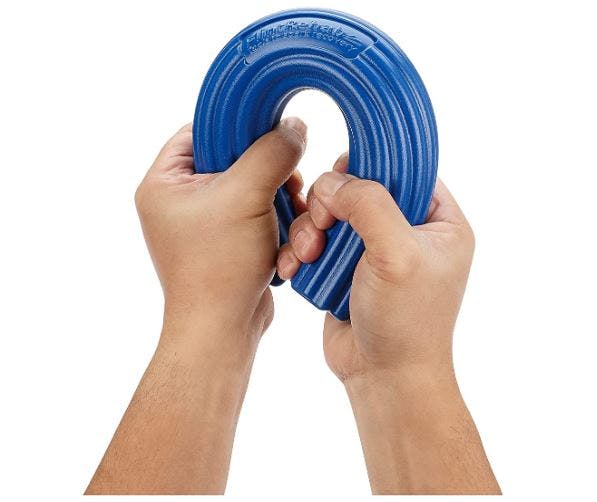
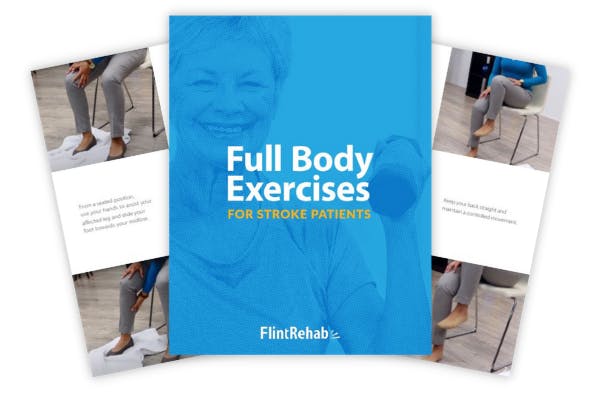
Get our free ebook filled with 25 pages of rehab exercises featuring photos of licensed therapists. Sign up below to get your copy!
When you sign up, you’ll also receive our popular Monday newsletter that contains 5 articles on stroke recovery.
We never sell your email address, and we never spam. That we promise.
